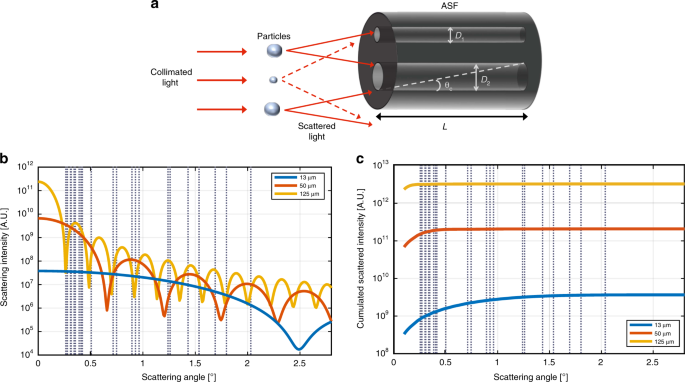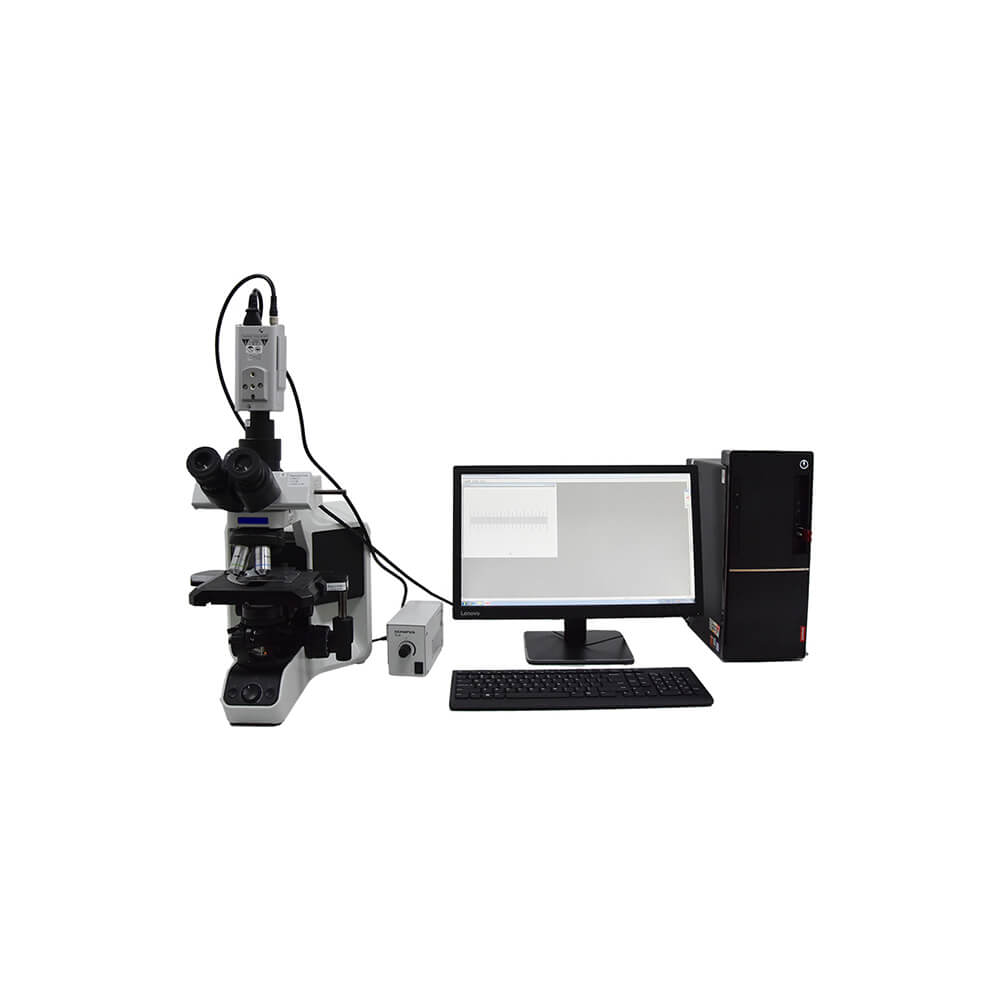Advanced Technology for Optical Fibre Diameter Analyser Precision
Advanced Technology for Optical Fibre Diameter Analyser Precision
Blog Article
Maximize Your Fibre Optic Performance: Understanding Optical Fiber Diameter Analyser Technology
The performance of fiber optic systems is seriously influenced by the precision of their size, an aspect usually forgot in the search of optimal signal honesty. Comprehending the modern technology behind optical fiber size analysers exposes the complex equilibrium between dimension precision and manufacturing high quality. These gadgets not only enhance compliance with sector criteria but also offer real-time understandings that can preemptively deal with prospective problems. The effects of their use expand past plain measurement; they can essentially alter the landscape of fibre optic performance. What elements should one consider to harness their complete capacity?
Relevance of Optical Fibre Size
The size of optical fibre plays a vital duty in determining the performance and performance of communication systems. It affects a number of crucial criteria, including the mode of light breeding, attenuation, and data transfer capacity. Larger diameters commonly permit numerous light modes, helping with higher data transmission prices. Alternatively, smaller sized sizes have a tendency to support less modes, which can improve signal clarity and decrease crosstalk.

Moreover, comprehending the size's implications can cause cost savings by reducing the demand for signal amplification and repeaters in substantial networks (optical fibre diameter analyser). To conclude, the significance of optical fiber size can not be overemphasized, as it directly affects the overall performance and dependability of modern-day interaction systems

How Size Impacts Signal Quality
Signal quality in optical fibre systems pivots substantially on the diameter of the fibre. A smaller diameter can lead to higher depletion prices, resulting in signal loss as light journeys via the fibre.
Alternatively, larger diameters usually enable enhanced light capture and minimized modal dispersion, boosting signal clarity. In multimode fibers, a larger core size can sustain multiple light settings, yet it may likewise introduce intermodal diffusion, which can degrade signal high quality. Choosing the optimal fibre size is vital for attaining the desired efficiency in specific applications.
Additionally, the communication between the fiber diameter and the wavelength of the light used plays an important function in figuring out the reliable transmission distance and total signal honesty. Comprehending just how fibre diameter affects signal top quality is essential for network developers and designers aiming to maximize optical fiber systems for reputable, high-speed information transmission.
Overview of Size Analyser Modern Technology
In numerous optical fibre manufacturing processes, precise dimension of fibre size is crucial for making certain constant performance and top quality (optical fibre diameter analyser). Diameter analysers are advanced tools created to analyze the physical dimensions of optical fibers with high accuracy. They utilize sophisticated optical and laser technologies to determine the diameter, ovality, and concentricity of the fibre, therefore supplying crucial data for high quality control
These analysers can run in-line throughout the manufacturing procedure or as component of off-line testing protocols. In-line systems allow real-time surveillance, permitting makers to change criteria instantly, consequently keeping optimal manufacturing problems. Off-line analysers, on the various other hand, supply detailed analyses of batches, making sure that any variances from specified tolerances are recognized and resolved.
Diameter analysers substantially add to the decrease of problems in optical fibers, improving general product reliability. By regularly determining vital specifications, these modern technologies help with compliance with sector requirements and requirements. As the need for high-performance optical fibers remains to increase, the duty of size analysers ends up being progressively crucial in accomplishing the wanted top quality and efficiency criteria in fibre optic systems.
Key Features of Fiber Size Analysers
Although different designs of fiber diameter analysers exist, they commonly share numerous crucial features that boost their functionality and reliability. One of one of the most substantial functions is high-resolution dimension capabilities, which make sure exact diameter analyses, critical for keeping quality control in fiber production. In addition, lots of analysers incorporate sophisticated optical sensors made to spot minute variations in fibre size, therefore giving very useful data for procedure optimization.
One more important attribute is real-time surveillance, permitting operators to receive instant responses on fiber diameter throughout the manufacturing process (optical fibre diameter analyser). This capacity helps with quick adjustments and decreases the likelihood of defects. Several analysers also come equipped with straightforward interfaces, making it possible for drivers to easily browse via settings and data outcomes
In addition, robust data storage space and evaluation functionalities are important for tracking historic efficiency fads and making sure conformity with sector criteria. These features jointly contribute to the efficiency of fiber size analysers in optimizing fiber optic efficiency.
Finest Practices for Fiber Optimization

First, regular calibration of optical fibre size analysers is vital. This ensures accurate measurements and minimizes potential disparities that might affect efficiency. Next, maintaining a tidy working environment is crucial; dirt and impurities can cause signify degradation.
In addition, it is very important to select fibres that meet specific application needs. This entails assessing elements such as attenuation, data transfer, and ecological conditions. Appropriate installation strategies need to also be complied with, including avoiding sharp bends and extreme stress, which can compromise fiber integrity.
Furthermore, using innovative surveillance systems can help with real-time performance assessments, making it possible for timely recognition of issues. Routine screening and upkeep should be conducted to ensure that fibres stay within optimum functional parameters.
Lastly, training employees on the informative post current fibre optimization innovations and techniques will improve their capability to execute effective strategies. By complying Learn More with these finest methods, companies can significantly boost the performance and lifespan of their optical fiber systems, ensuring efficient communication and data transfer.
Conclusion
Finally, the assimilation of optical fiber size analyser modern technology is crucial for optimizing fiber optic efficiency. By making certain precise dimensions of fiber measurements, these analysers dramatically boost signal high quality and lower losses throughout information transmission. Regular calibration and upkeep of the analysers are critical to promote ideal efficiency and conformity with sector requirements. Eventually, the application of this technology facilitates enhanced data transmission rates and enhances signal integrity, contributing to the total performance of fibre optic systems.
Signal top quality in optical fibre systems pivots substantially on the diameter of the fiber.In many optical fiber manufacturing procedures, accurate measurement of fibre diameter is crucial for making sure regular efficiency and high quality. As the need for high-performance optical fibers proceeds to rise, the duty of size analysers comes to be progressively essential in attaining the preferred high quality and performance criteria in fiber optic systems.
These features jointly add to the go to my blog efficiency of fiber diameter analysers in enhancing fibre optic performance.
In conclusion, the combination of optical fiber diameter analyser modern technology is important for making the most of fibre optic efficiency.
Report this page